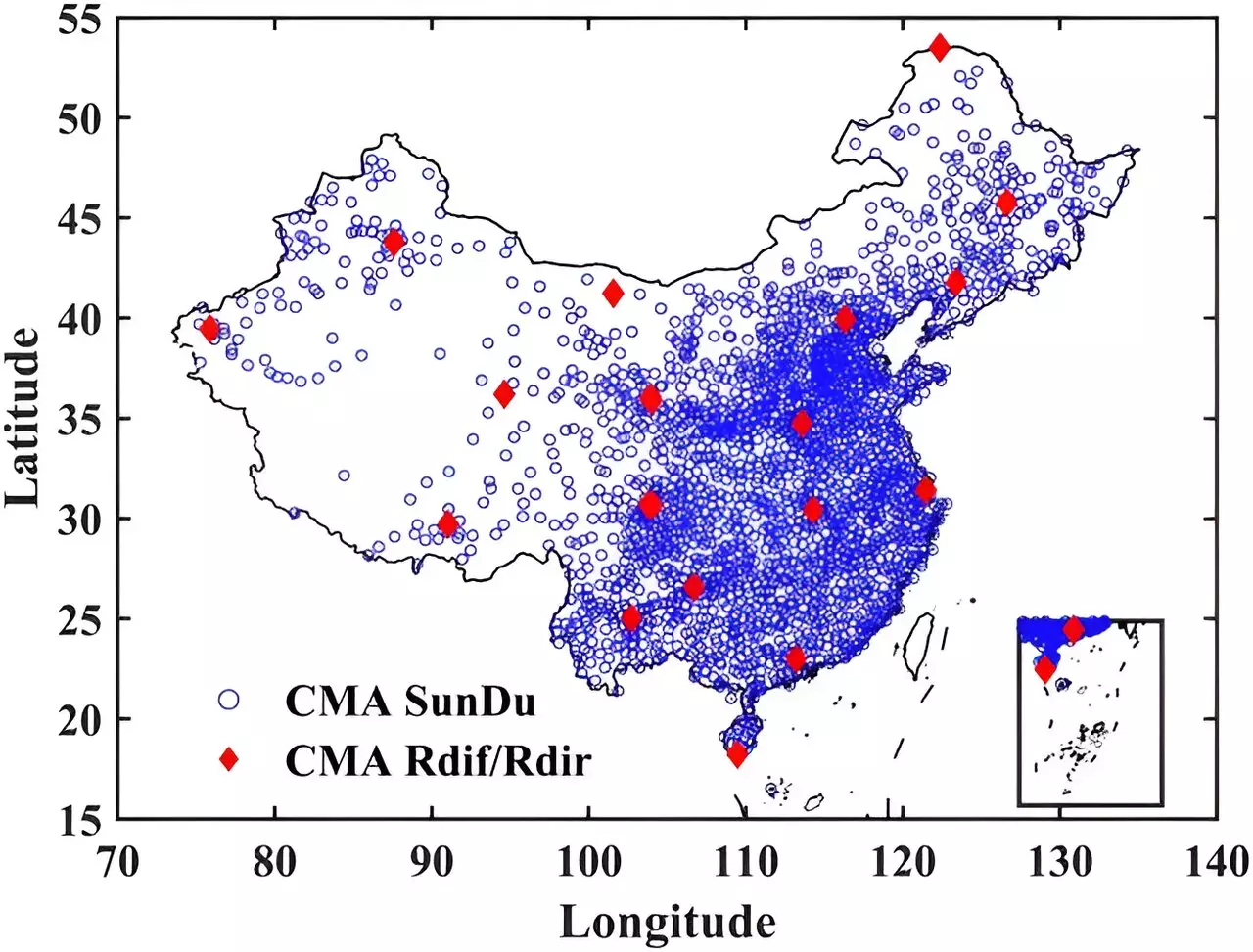A recent study published in the Journal of Remote Sensing in February 2024 introduced a novel approach to estimating both direct and diffuse solar radiation. Researchers incorporated data augmentation techniques with the LightGBM machine learning model to analyze sunshine duration data from a vast network of 2,453 weather stations across China. This method effectively addresses the challenges posed by limited and unevenly distributed ground-based observations, offering a more comprehensive understanding of solar radiation components.
The cornerstone of this research lies in the innovative application of machine learning algorithms, which were trained on augmented datasets to predict solar radiation with unparalleled precision. By eliminating the need for local ground truth data for calibration, this methodology presents a universally applicable solution that can be implemented on a global scale. The validation of the model against independent datasets not only validated its effectiveness in China but also highlighted its potential for widespread use in solar energy research.
The development of a new satellite-based dataset as a result of this study offers a significant improvement in accuracy over existing datasets, providing detailed insights into the spatial distribution of solar radiation components. This dataset plays a crucial role in advancing solar energy research and deployment by enabling more efficient and optimized solar energy production. Professor Kun Yang, the lead researcher from Tsinghua University, emphasized the impact of this method, stating, “Our approach enhances the accuracy of solar radiation estimates, opening up opportunities for enhanced solar energy utilization both in China and globally.”
Setting a New Standard in Solar Energy Estimation
This groundbreaking approach not only sets a new benchmark for solar radiation estimation but also presents a scalable solution that can be applied worldwide. The newly developed satellite-based dataset offers precise spatial analysis of solar radiation components, revolutionizing the solar energy sector by facilitating strategic site selection and system optimization. This advancement is particularly significant in regions with high solar energy potential, where optimized solar energy production is essential for sustainable energy development.
The integration of data augmentation with machine learning algorithms represents a significant step forward in solar energy research. By enhancing the accuracy and applicability of solar radiation estimates, this approach opens up new possibilities for optimizing solar energy utilization on a global scale. The development of a superior satellite-based dataset underscores the potential of machine learning in revolutionizing solar energy research and deployment, paving the way for a more sustainable and efficient energy future.


Leave a Reply